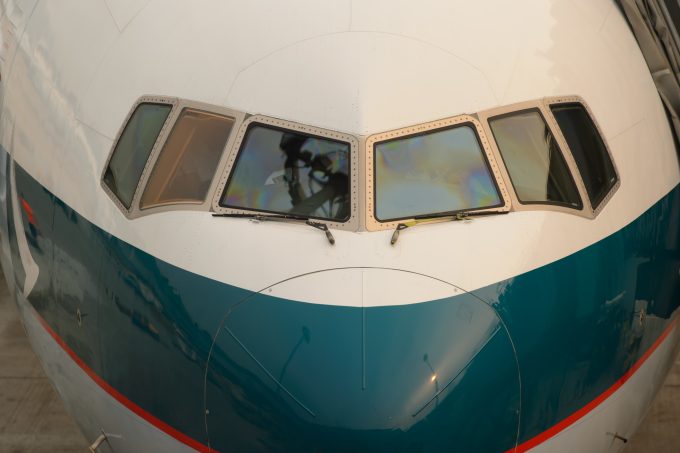Ecommerce air traffic to US set to grind to a halt as de minimis exemption ends
Is today the day the music stops in airfreight? 2 May: infamously, the day the de ...

Cathay Pacific Group suffered a “drastic” reduction in cargo volumes last month.
And a drop in volumes and rates ex-Hong Kong could be the result of Beijing’s tighter export controls favouring mainland airports.
Cathay Pacific and Cathay Dragon’s March cargo volumes fell 35.6% to 119,277 tonnes, while revenue freight tonne km (RFTKs) fell 29%, year on year, and capacity, in available freight tonne km (AFTKs), was down 37.2%.
Group CCO Ronald Lam said: “While we continue to operate a full freighter schedule, our ...
Maersk Air Cargo sees volumes fall as it aims for 'margin in favour of revenue'
Keep our news independent, by supporting The Loadstar
Container spot rates diverge: to Europe still falling, but firmer to the US
Hapag-Lloyd won't take bookings if port congestion leaves cargo stranded
Ecommerce likely the front-runner in resurge of transpacific trade after deal
Airfreight players eye new routes as demand on the transpacific nosedives
China-US trade tariff pause could drive a rebound for transpacific rates
Service chaos from trade ban with India a problem for Pakistan shippers
Volume surge and an early peak season? 'Don't celebrate too soon,' warning
Airfreight rates ex-China 'loss-making', but hopes of a trade deal stay high
Indian coastal freight attracts major carriers, but regional tension disrupts
Serious threat to jobs in US logistics as tariffs cause economic 'stagflation'
APMM floats along on 'solid' Q1 profitability in Ocean, well prepared for choppy water
White House u-turns see freighters flying but keep logistics players on their toes
Carriers impose 'emergency operation' surcharges on Pakistan cargo
MSC in terminal switch as Nhava Sheva gets strong start to new fiscal year


Comment on this article